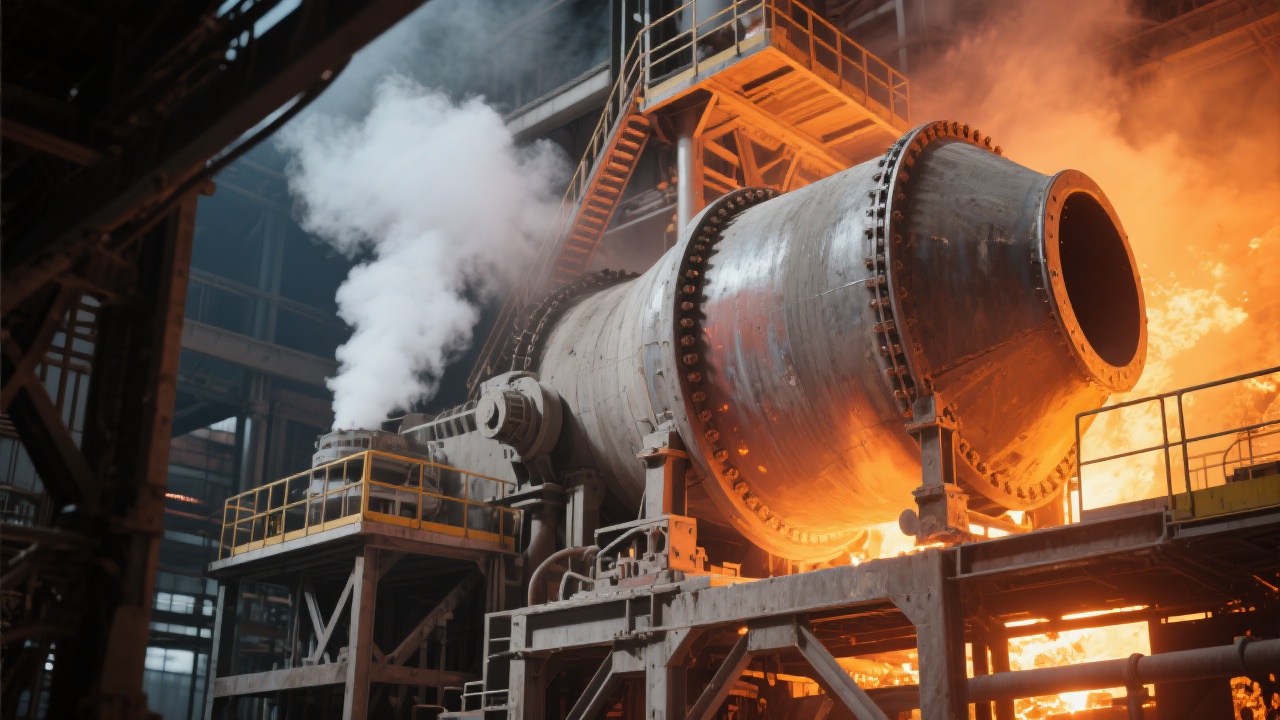
In the steel industry, furnace lining lifespan directly impacts operational efficiency and maintenance costs. According to a 2023 study by the International Ferroalloy Association, average refractory lining life in mid-tier steel plants is only 6–8 months, with frequent repairs costing up to 15% of annual production budgets. This is where high-performance refractory mortar from Zhengzhou Rongsheng Refractory Materials Co., Ltd. delivers measurable value.
Unlike traditional batch-mixed mortars, Rongsheng’s automated intelligent production system ensures consistent particle distribution, moisture control, and curing parameters across every batch. This results in:
| Application Sector | Key Challenge | Rongsheng Solution |
|---|---|---|
| Steel Mill | Thermal shock-induced cracking | Alumina-silica matrix with microcrack resistance |
| Power Plant | High-temperature oxidation | Zirconia-stabilized formulation (up to 1700°C continuous use) |
| Chemical Processing | Corrosion from molten salts | Low-porosity structure + anti-acid additives |
Rongsheng’s refractory mortar holds ISO 9001 (Quality Management) and ISO 14001 (Environmental Management) certifications—verified through third-party audits by SGS and TÜV Rheinland. In a real-world case at a Chinese steel mill, switching to Rongsheng mortar increased furnace lining life from 7 months to 14 months—a 100% improvement—and reduced downtime by 32% over six months.

Whether you need a standard mix or custom formulations for specific thermal profiles (like those in electric arc furnaces), Rongsheng offers full customization—from lab testing to on-site application support. Their technical team has helped clients in Germany, India, and Brazil reduce material waste by up to 18% through precise blending recommendations based on actual operating conditions.
If your plant faces recurring refractory failures, it might not be the material—it could be how it’s made, applied, or matched to your process. Let us show you how our data-backed solutions can extend lining life, cut maintenance costs, and boost productivity.











